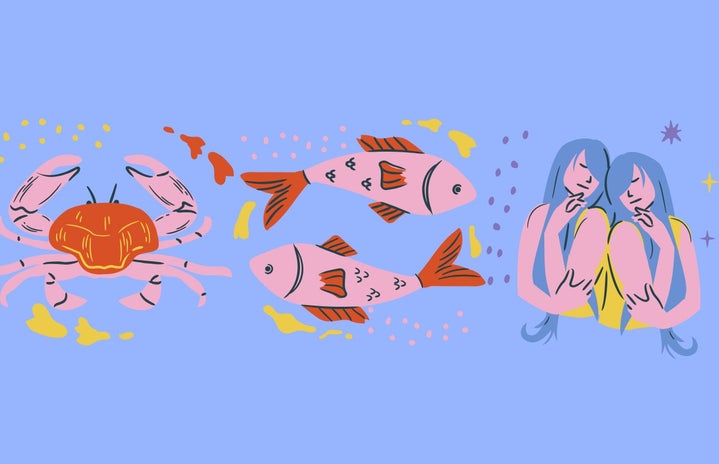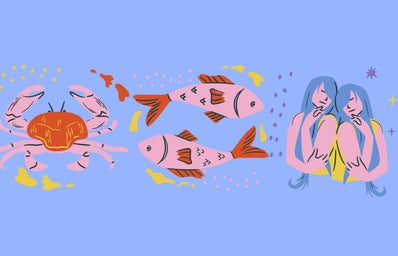In the mysterious depths of the oceans, a fascinating phenomenon has captured the attention of marine biologists all over the world – pufferfish crop circles. These crop circles are intricate patterns resembling geometric designs and are the result of valiant efforts by male pufferfish during mating season.
When these circles are finished, female pufferfish come to inspect them, and if they like what they see, they “reproduce” with the males. They lay their eggs in the sediments in the center of these circles and vanish, and the males fertilize the eggs externally. They then stay around for a week to guard the eggs.
Furthermore, the crop circles are thought to function as a signal of the male’s fitness and genetic quality. A well-constructed circle may indicate the male’s ability to provide a safe and suitable environment for the female to deposit her eggs.
These crop circles have three distinct features:
- They have radially aligned ridges and valleys outside the center of the circle which is the main nest site for the eggs.
- Male pufferfish decorate these ridges with tiny shell fragments.
- They gather fine sediments to give the resulting design a distinctive look.
These formations have beautiful and intricate designs, and their formation is discussed more in detail in this research paper.
Pufferfish crop circles stand as a testament to the incredible diversity of behaviors exhibited by marine life. The elaborate courtship displays created by male pufferfish not only showcase their artistic prowess but also play a crucial role in attracting mates for reproduction. As we unravel the mysteries of these underwater crop circles, we gain a deeper appreciation for the intricate and interconnected web of life beneath the ocean’s surface.


